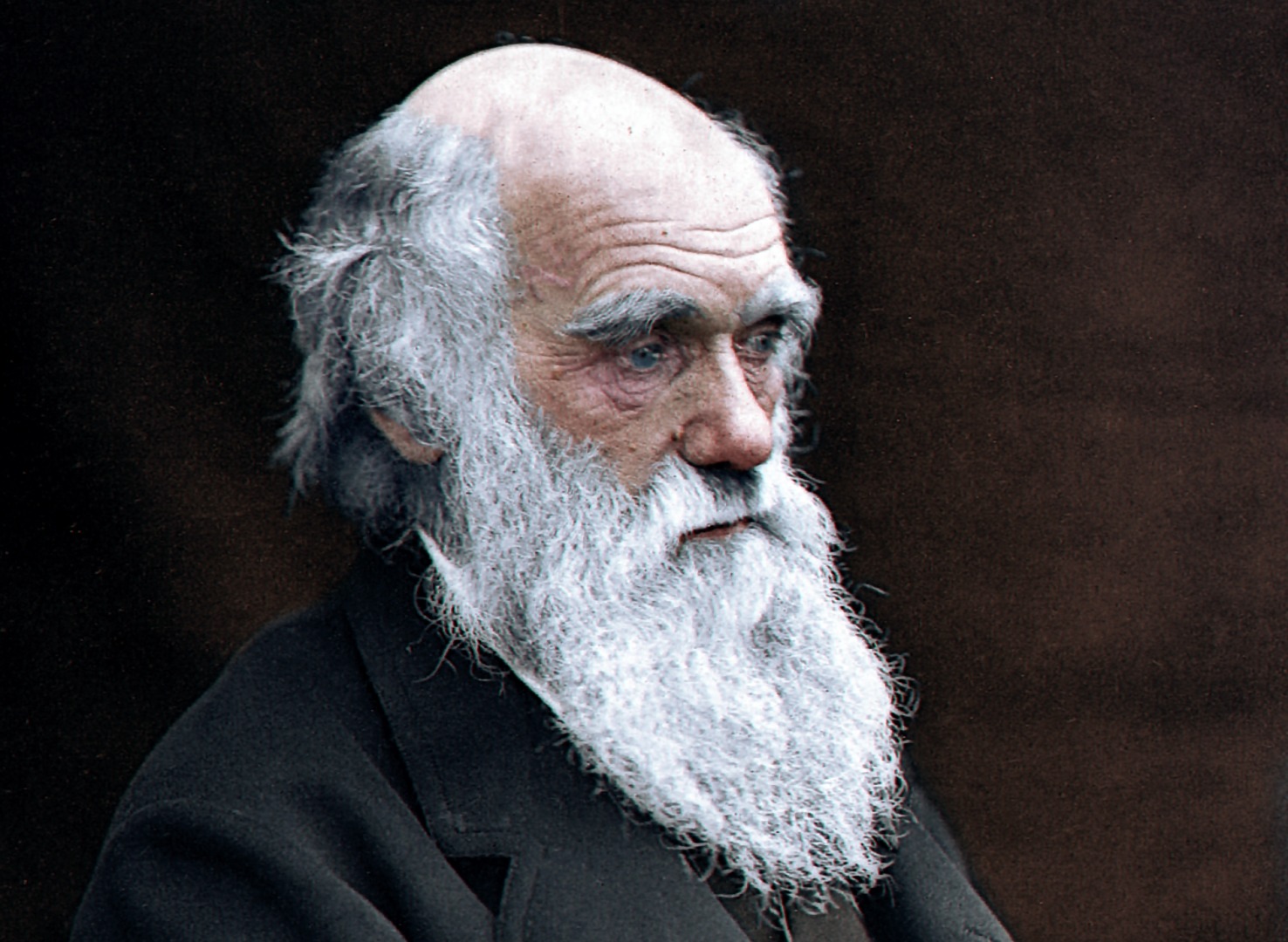Comments
- No comments found

Charles Darwin was born in Shrewsbury in England in 1809.
His grandfather was Erasmus Darwin, a renowned doctor, scientist and poet. His father was a doctor who wanted Charles to become either a doctor or a clergyman and he was disappointed when his son chose a career in natural science. Charles graduated from Cambridge University whereon his botany professor John Henslow suggested that he take a position as the official naturalist aboard HMS Beagle, a ship that was due to take a five year scientific survey trip around the world. Although he was at first reluctant to spend five years on the tiny vessel, Darwin agreed and the journey proved to be the turning point in the life of the brilliant young naturalist. The 90 ft ship commanded by Captain Robert Fitzroy set sail in 1831.
On the voyage Darwin studied thousands of plants, animals and fossils around the world. He was particularly fascinated by the wildlife on the Galapagos islands which proved to be a real-life laboratory. He noticed that finches (and other animals) on different islands had different characteristics and he deduced that they were all descended from a common ancestor finch but they had developed separately. He conceived his theory that species survive through a process of ’natural selection.’Those species that successfully adapted to meet the exigencies of their habitat survived while less successful variations died off.
At the time people believed that all species came into being at the start of the world or were created over time. In either case, the species were believed to remain the same. Darwin knew that his theory of the evolution of species would be heretical and incendiary. He waited 20 years and gathered a tremendous amount of scientific evidence before publishing his findings in his classic book, The Origin of Species in 1859. His decision was partly triggered by the publication of a similar idea by fellow naturalist, Alfred Wallace.
The book was a sensation in the scientific community and caused inspiration and indignation across the world. Darwin was mocked and ridiculed – particularly for his notion that humans and apes were descended from a common ancestor. But many eminent thinkers came to his support and the theory is now widely accepted today as one of the most brilliant ideas of the scientific enlightenment. Darwin is considered to be one of the most influential figures in human history. He was honoured by burial in Westminster Abbey in London.
Bide your time. Often an innovator will rush to market with his or her new idea but sometimes the world is not yet ready. Darwin knew that his radical theory of evolution would shake society and provoke a strong reaction. He strengthened his scientific standing and gathered a wealth of irrefutable data. He discussed his findings with a handful of trusted colleagues. Eventually he published his book and unleashed on the world his shattering idea.
Lobby the key opinion leaders. Darwin knew that there would be opposition in the popular media to his ground-breaking theory so he deliberately corresponded with leading scientists over several years to convince them to support his approach. He even kept a list of those for and against his proposition. At the time of publication he could call on many eminent allies to come to his support against poorly informed attacks. He did not have to do all the defence work himself. To promote your radical idea do not try to persuade the whole world. Focus on the most influential thought leaders in your field.
Based on a chapter in Think like an Innovator by Paul Sloane published by Pearson.
Paul is a professional keynote conference speaker and expert facilitator on innovation and lateral thinking. He helps companies improve idea generation and creative leadership. His workshops transform innovation leadership skills and generate great ideas for business issues. His recent clients include Airbus, Microsoft, Unilever, Nike, Novartis and Swarovski. He has published 30 books on lateral thinking puzzles, innovation, leadership and problem solving (with over 2 million copies sold). He also acts as link presenter at conferences and facilitator at high level meetings such as a corporate advisory board. He has acted as host or MC at Awards Dinners. Previously, he was CEO of Monactive, VP International of MathSoft and UK MD of Ashton-Tate. He recently launched a series of podcast interviews entitled Insights from Successful People.
Leave your comments
Post comment as a guest